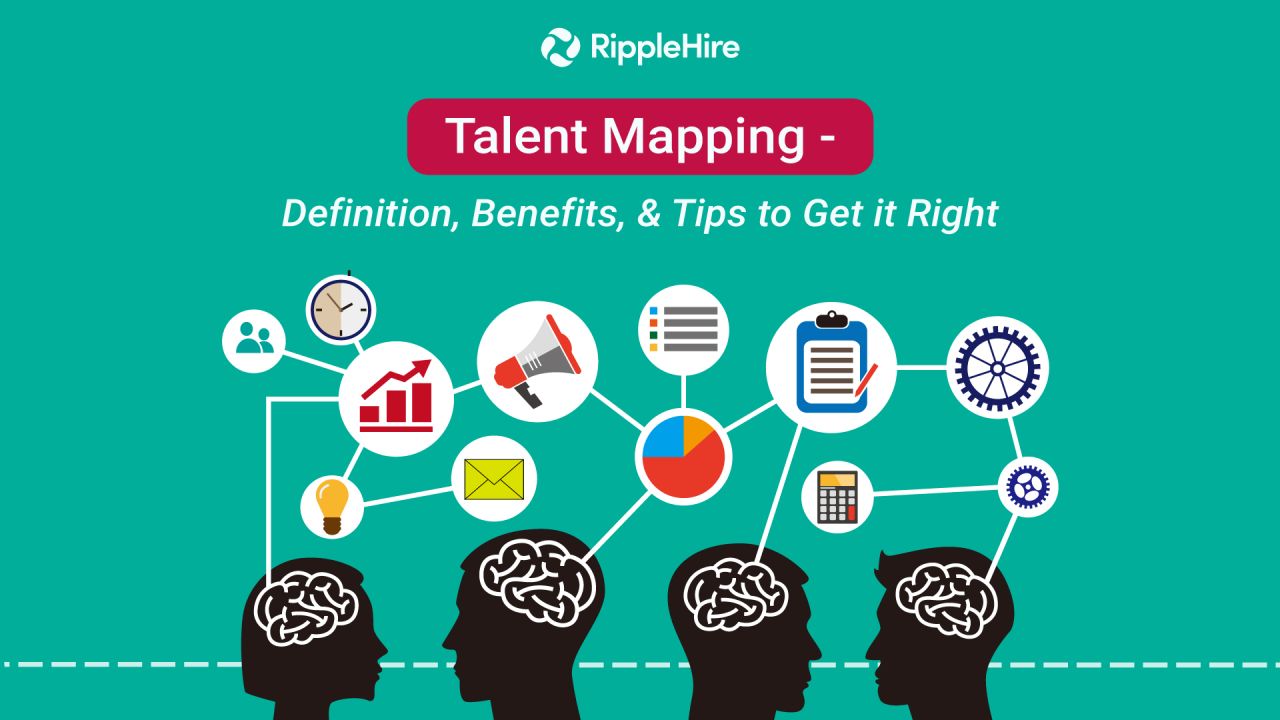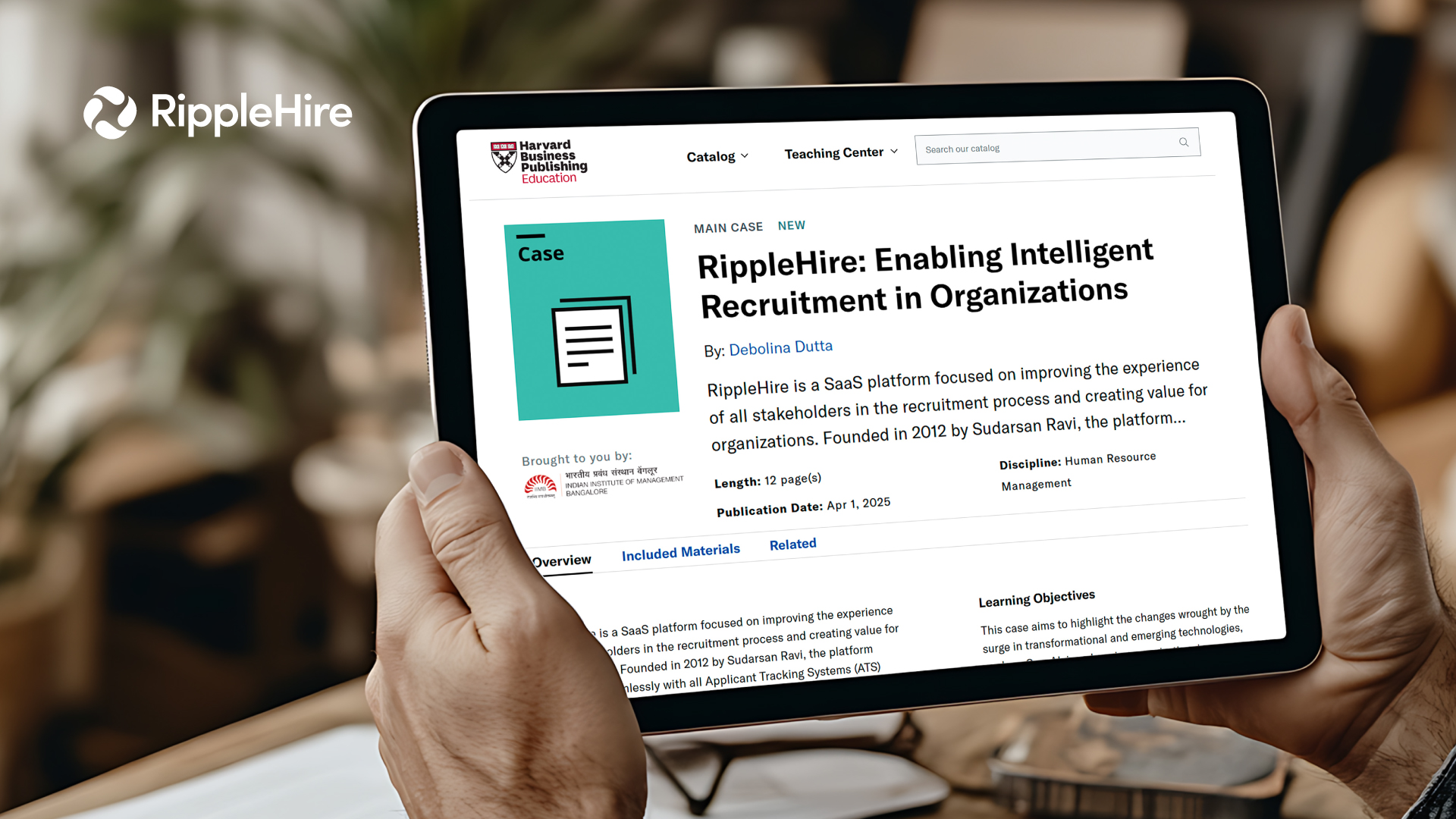The days of ‘hire and fire’ are long gone, and this is the era in which companies need to focus on long term ROI from their hiring decisions. Organizations are now looking to hire, engage, develop, and optimize their workforce because the pandemic has served as a wakeup call. Employees are no longer as afraid as they used to be of losing their day jobs, and candidates are calling the shots now.
In such a candidate-driven job market, companies need to evolve their talent management strategies as well. And talent mapping has become the go-to strategy for planning the future.
What is Talent Mapping?
Talent mapping is the strategy that is designed to serve the organizations needs of hiring talent that is a good culture fit, developing them to a stage where they become long term assets, and optimizing the profitability from the performance of such a workforce in the long run.
It’s not all about financial profitability alone, but about overall benefits to the company as well as the employees. Talent mapping involves planning the road ahead for the company in terms of hiring the employees in the right roles, and managing their career path. It’s a continuous process.
Benefits of Talent Mapping
There are four main benefits of talent mapping that companies can expect from implementing this long-term strategy.
Clarity in the minds of recruiters
When a long hiring strategy such as talent mapping is implemented and the talent acquisition specialists are well aware of the long-term goals of the company, it becomes easier for them to draft the job descriptions, and also to decide what kind of candidates they should be looking for. For instance, if you are hiring for an entry-level Python programmer, then you would want to hire someone with the logical thinking that will help her develop into a programming manager eventually.
Improved speed of hiring
When there is clarity in the minds of the talent acquisition specialists in terms of the kind of candidate to hire, hiring becomes a matter of simple execution. There are multiple ways to do it well, such as using an employee referral program, and tracking your end-to-end recruitment process through an ATS. But regardless of the hiring tactic you choose, the speed and quality of the hiring decision is fueled by a well laid out talent mapping strategy.
Better employee engagement & retention
If the quality of your hiring decision is driven by a well-planned strategy, then it becomes easier to manage the talent. The HR and managers can engage the new hires better and repeat it until those new hires become loyal employees who consistently contribute meaningfully to the company’s profitability.
Sustainable profitability
Talent mapping is not a one-off experiment, and it needs to be implemented consistently over a period to fetch the kind of ROI from hiring decisions that recruiters dream of. But the best part about talent mapping as a strategy is that the profitability derived from it in the long run is sustainable and repeatable.
Tips to Get Talent Mapping Right
Here we delve into the four most successful tactics that you can rely on for successful talent mapping.
Study the competitors
Before planning talent mapping, you need to get a comprehensive picture of what the market leaders are doing.
1) What hiring techniques are they using?
2) Where are they sourcing the candidates from?
3) Are they looking for skills alone, or are they relying more on conventional criteria such as academic qualification and work experience?
4) Is remote hiring favored?
5) What kind of remuneration and other perks are being offered for a given job?
6) What is the career-path they are pitching to candidates for given roles?
Identify the internal talent gaps
Introspectively investigate the areas where there are opportunities for improvement.
1) Did you hire just for a culture fit and present skillset, and later realize that the candidate did not have much potential for you to plan their career growth?
2) Does your organization have the necessary employee-development framework to train and groom candidates for bigger roles, or do you need people with the personality traits of being a natural leader?
3) Did you pay too much attention to leadership qualities, only to face a situation where the candidate was a paper tiger who could not perform well at all in the current job?
4) Are there some departments where you are having to constantly hire leaders from outside rather than promoting internally?
Use a 9-box matrix if you think you should, but make sure you pay necessary attention to this.
Tap into the passive talent pool
Of course, hiring strategies such as employee referral programs, job boards, and social media-based recruitment are great sources, but talent communities and referrals by ex-employees are surprisingly beneficial sources of finding the kind of talent that you should hire as long-term prospects.
Ex-employees who parted on amicable terms with your company are highly likely to refer candidates who will serve the company’s vision.
Have an employee-development program to support talent mapping
No matter how comprehensive your talent mapping strategy is, if you do not have a program in place to develop the candidates along the career-path you have laid out for them, it will not reap any benefits.
For talent mapping to be successful, you need to also analyze the strengths and weaknesses of your employees and plan their career development through the right kind of engagement and training. For example, an employee who is technically proficient might not have great people management skills, and it is best to train her to be a trainer rather than a manager.
Way Forward
Talent mapping is a great strategy, no doubt, but it really depends on your organizational needs. The strategy that would work for a Software Development company might not work for a Content Writing agency. So, you need to be flexible and keep in mind the nuances involved in creating and implementing an effective talent mapping strategy.
And it only begins with formulating the talent mapping strategy, because when it comes to executing it and making it work for the long-term success of the organization, it heavily depends on how well you align yourself to the company’s vision and mission.






